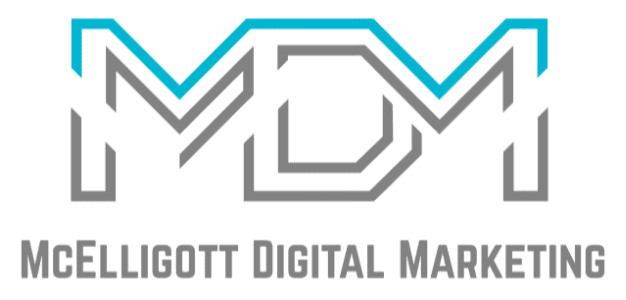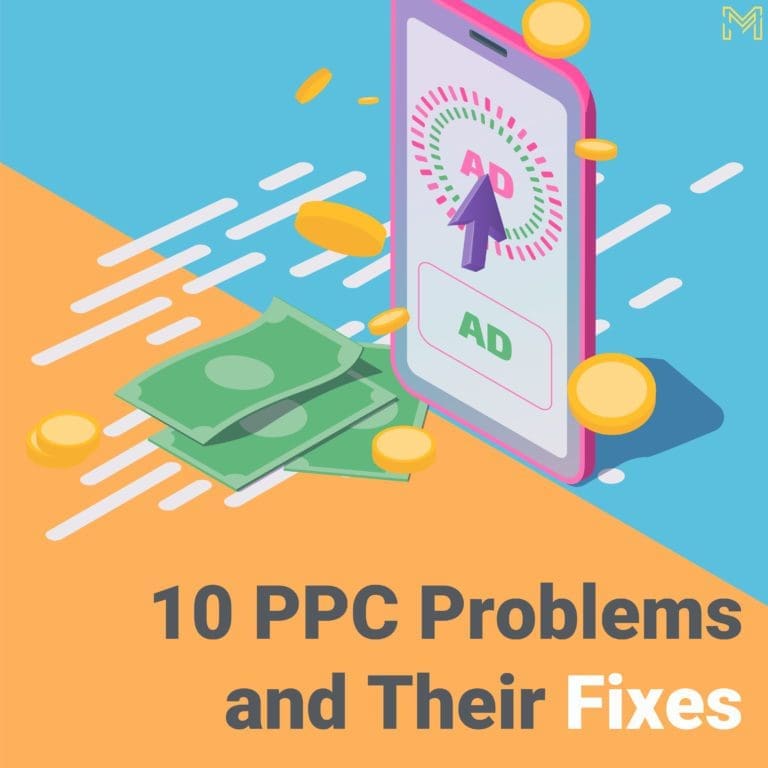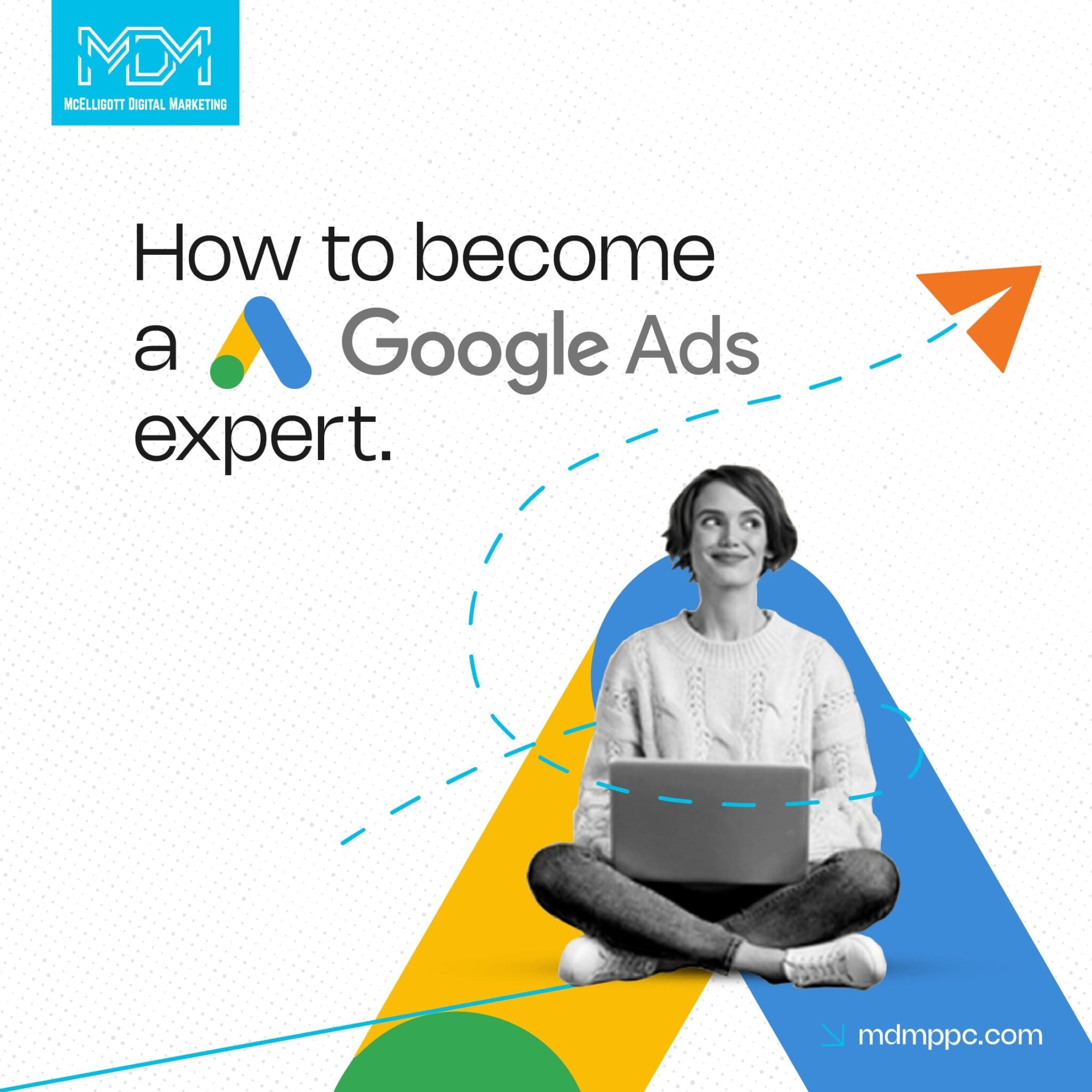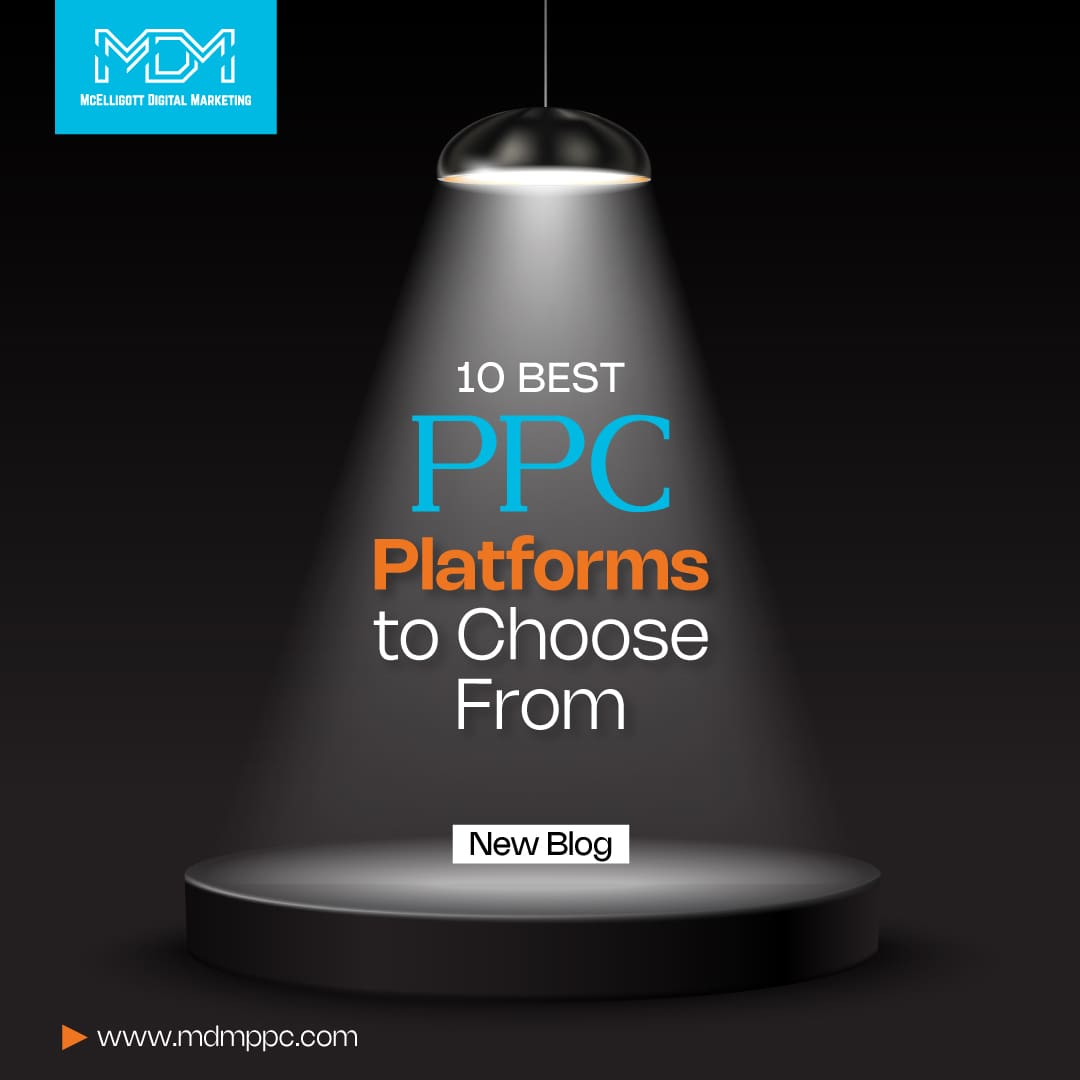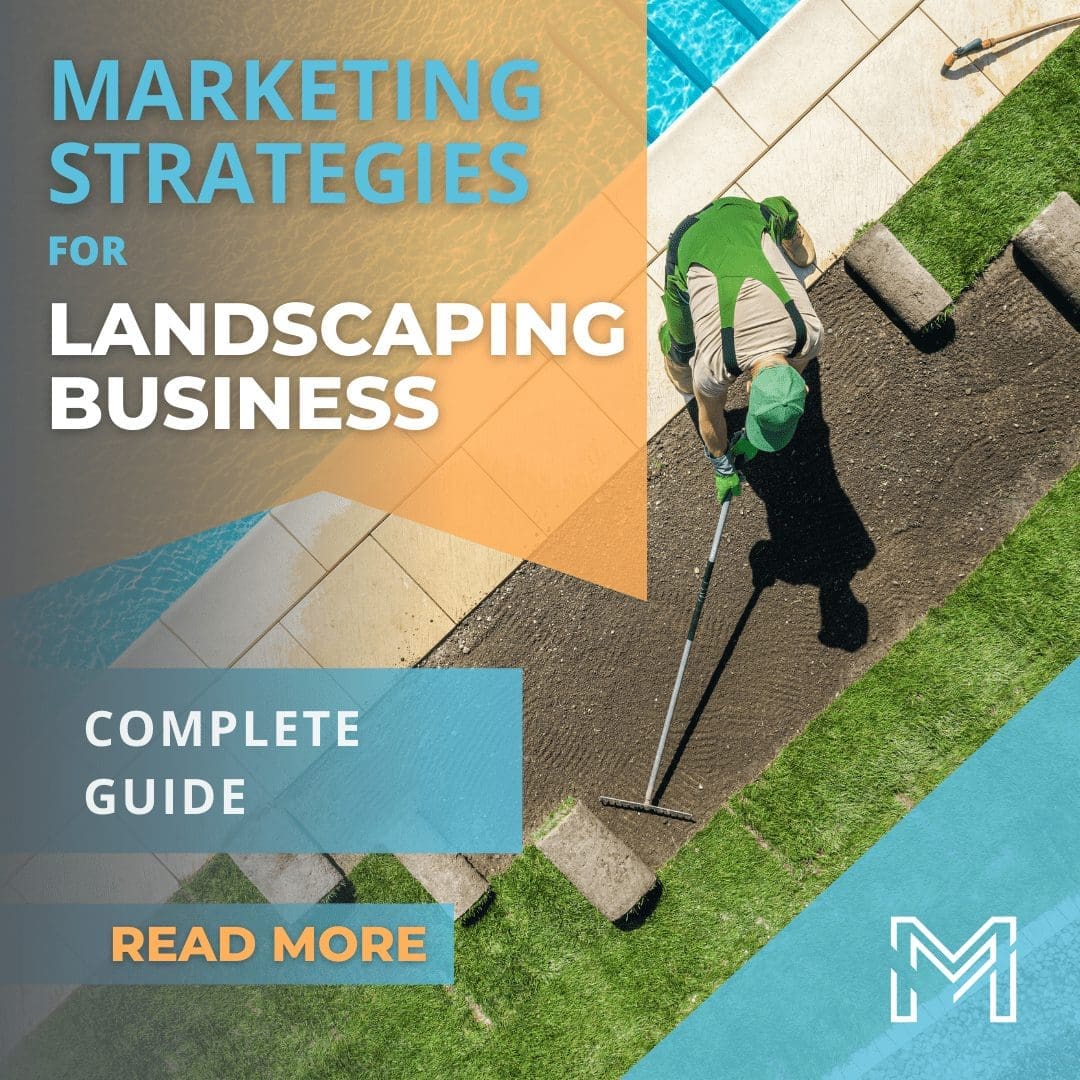Reach and revenue– the two most important things that every business is looking out for. So, you must be as well. One of the methods to increase your reach and revenue is PPC.
PPC or pay-per-click is actually an online advertising method where advertisers pay for each time a visitor clicks on one of their ads.
.
Since you are competing in a virtual world, many others may be looking for the same traffic. So positioning of your ads and how much amount you are paying for each click is determined by multiple factors.
How does it work?
When you search something or a visitor searches something matching or indirectly related to the keywords you have targeted, ads starting or having the same keywords are displayed either at the or bottom of the page results with a tag of ‘Ad’ beside it.
Why is it used?
With a view of obtaining high revenue, most businesses use PPC as a tool for increasing brand awareness, driving high traffic on the site, and selling the services and products to the customers.
Shifting from the traditional method of advertising, PPC advertising helps the business to directly connect to people looking for an exact match.
When we’re talking about PPC, let me ask you if you’re having a hard time unlocking the potential of PPC?
Or, advertising method to put it in another way, after having spent thousands of dollars on PPC marketing strategy and campaigns, still have you not touched the potential because of some simple and avoidable mistakes?
So, let me just help you out with your problems and ultimately lead you to increase your reach and revenue.
With its rich market experience in handling the PPC needs of the businesses, McElligott Digital Marketing has got you covered with ultimate PPC hacks.
#1 Poor keyword implementation
If there is a lack of search intent in your target keywords that do not exactly match the products or services you are offering, leading to lesser ROI, it will be just a waste of your money and time.
Here is the data to back it up.
In a survey of 2000+ accounts, disruptive advertising found that around 12% of keywords accounted for total sales of the accounts surveyed.
So, what’s the fix?
Let’s talk specifics and to the point.
- Exact keyword searches come with greater conversions.
- Do not insert too many and irrelevant keywords.
- Wisely use negative keywords to negate the searches that do not end up matching your product.
- Stop investing in broad match keywords.
The best gameplay is thinking like the customer, what keywords a normal user would end up using and what are those keywords that exactly match with your products and the services that you offer.
#2 Low Bidding
When you start your bidding campaign, it takes longer to get you a good number of clicks, and the longer it takes to get a number of clicks, the longer it takes to figure out search terms you should use to produce better page results. Thus, you couldn’t produce better page results.
What do you do then?
You, let’s say in haste, you start spending high on ads and irrelevant keywords.
When you do this, you are wasting your time and money and acceding the ground to the poor performers.
What’s the fix?
The fix is simple and easy. Just pay a little heed to the points:
- Start with a high bid because the higher you bid, the more your clicks.
- Get consonant and compelling funnel set up for the above point to work perfectly.
- Make your goals resilient, viable, and profitable.
- You can lower your bidding once your sales scale up and focus on profitability.
#3 Wrong Success Metrics
As it is said, you must get well acquainted with the path you tread upon.
Floating a campaign without knowing in which direction you have to go could be a blunder and what makes it even worse is relying on wrong success metrics.
Impressions, clicks, and cost-per-clicks, etc., are the few most frequently used PPC metric tools. You might also feel satisfied when you look at your high clicks and impressions. They also might be signs of your good-doing campaign.
High clicks, good impressions, etc., your team on the receiving end might get happy, right? But it’s too soon!
Do you think it will work in the long run?
Overall, these metrics leave you with a few questions.
Are these metrics generating leads or not? In addition to it, are these leads translating into customers?
So, sometimes it is unwise to fully rely on such metrics, especially when you face such stiff competition.
What’s the fix?
- Kick off your campaign with a clear-cut goal and ensure the success metrics are consistent with those goals.
- A good ROI or COSM (Cost of sales and marketing) effort could be your best success meter. Keep an eye on trends in return on investment and cost of sales and marketing.
Negative ROI or high COSM efforts campaigns might not be generating the profit and leads you are looking for.
#4 Low Impression
Impression share(IS) or search impression share(SIS) may not be well acquainted with these technical words, but you must know what a low impression means?
Impression share simply means the number of times your ad is seen compared to the total number of times it could have been seen. So, when you launch a campaign, you will require at least one ad targeting at least one keyword.
There can be several possibilities behind getting a low impression. A few of them could be:
- Low budget cost than needed
- Low ad rank
- Low bidding
What’s the fix?
- A balanced budget will be best.
- Too high budgets can drain your resources very soon, and when you are out of budget, your competitors will overpower you.
- Less spending will never get your ad a high rank. So, a balanced budget will be best and also give space to slash or hike the spending when needed.
- Bid according to the situation
- Start off with a good bid; when your ROI is scaling up and up with low COSM efforts, you can slash the bidding but only that much that does not reverse the trend.
- Keep an eye on keyword match types.
At Least one ad should target at least one keyword.
#5 Broken Landing Pages
Something that happens quite often – broken landing pages, and it always hurts your business. Pages are relocated or removed over time. When it happens, businesses think of redirecting or its impact on SEO.
Yes, absolutely, it impacts the SEO, but an oversight happens here; that also affects your PPC campaigns. Your ads or extensions might stop showing; it can also affect your quality scores, increasing cost-per-click.
In addition to it, you can face tracking problems between Google ads and Google analytics.
What’s the fix?
The best fix for a broken landing page is using an ad script. Besides being simple, it will save you crucial time. Link checker on Google Ad Scripts helps you solve the problems of broken landing pages. And yes, it’s not as cliche as it seems.
#6 Poor Quality Score
Quality Score is Google’s rating of the quality and relevance of both your keywords and PPC ads. Often overlooked by new businesses start-ups, but it is a more subtle metric to measure the quality of the content and relevance of your keywords.
Measured from 1 to 10 by Google, if your QS is not good, or a poor quality score will downgrade your rank than the competitors who are bidding for the same keyword. In simple words, this translates into increased spending of money to get good ranks in search results.
What’s the fix?
- Consistent effort towards improving QS.
- Good QS will reduce your cost per click and double-up your chance to win auctions.
- Include 5-6 most relevant keywords.
- Before you start your PPC campaign, you must think of using the most relevant keywords against targeted ad groups and then insert them regularly on a daily basis in your ad copy.
- Ensure your ad’s landing page adheres to best practices, is consistent with the ad copy you have made, and is conversion-optimized.
#7 Not Using a Negative Keyword
Do you fear using negatives in your PPC advertising campaigns?
Actually, you might be wrong in not using negative keywords in your PPC campaigns. Here is how?
Using negative keywords acts as a filter that saves your precious money. Sometimes your ads can show up on irrelevant search queries, which turns into generating more clicks that end up draining your budget.
What’s the fix?
Before you start your campaign, figure out terms that your ad might show on but, in the end, are irrelevant. Those words are from the list of your negative keywords.
Better optimization and execution of negative keywords can save you from losing money.
#8 Weak Ad Copy
Has it ever happened to you that users do not visit you despite having the best and most relevant products?
Let’s see this –
Research by eMarketer shows that around 51% of viewers used ad blockers, and 50% said that the internet was overloaded with irrelevant and irritating ads.
It is apparent that every marketer is out there with the same search intent, but you want to get noticed as someone different from the crowd, not like others in a way.
Definitely, it’s good to learn by competing with others, but the problem is that despite being at the top, users don’t give much attention if you don’t stand out.
What’s the fix?
What’s the user’s intent behind surfing the internet for their problem? Understanding that is key to your ad copy being liked the most. When you let the searcher feel that you understand their issues and problems, they will definitely go with you.
Make an ad copy that stands out. Use the problem points in your ad copy that your ad solves for your target users.
#9 Mismatch in search intent and your ad
If both ends don’t meet, you’re definitely caught in a problem with what you are offering and what the user is looking for. It can affect your product’s reputation and incur monetary losses.
Basically, search intent is of 4 forms. You have to make sure that your ad is for which kind of search intent.
Informational intent:
For example: If you type today’s ‘weather in my area,’ you get information about weather conditions in your area.
Navigational intent:
For example: If you simply type ‘weather,’ navigational pages open, which tell about what you mean by weather.
Transactional intent:
For example, when it reads ‘subscribe to the guardian,’ it shows a web-mediated activity that is understood as transactional intent.
Commercial intent:
Example: ‘Best telescopes for kids’- now it looks like you want to buy a telescope for your kids that reflects your commercial intent.
What’s the fix?
- Use intent-specific keywords like words buy, deal, etc. (transactional intent).
- Audit the mood of your audience but don’t be too intrusive with such pop-ups as they can even hurt your experience.
- Variations in messages should be split-tested.
10. The Goal is Not Lead Collection
You executed a well-thought-out campaign. Everything seems great, and even traffic is rolling on…
But…
the conversions are showing the figures you hoped for, especially with a seeming to be a successful campaign.
Conversions, my friend, are not driven simply by the number of people clicking your ad. It indicates that the quality of your clicks isn’t up to the mark,’ and they’re just discharging your budget.
What’s the fix?
Since the lead conversion figures might be inflated, the ROI-focussed approach is the best.
- Get a call tracking solution and set it on your landing pages with the help of Google AdWords. Start reviewing them to get the best idea about the campaigns resulting in high-quality prospects.
- If your site has a customer check-out process, you can know about the ROI right from AdWords.
Are you coming across other PPC problems or queries that are affecting your business? Let us know so that we can sort them out for you!
